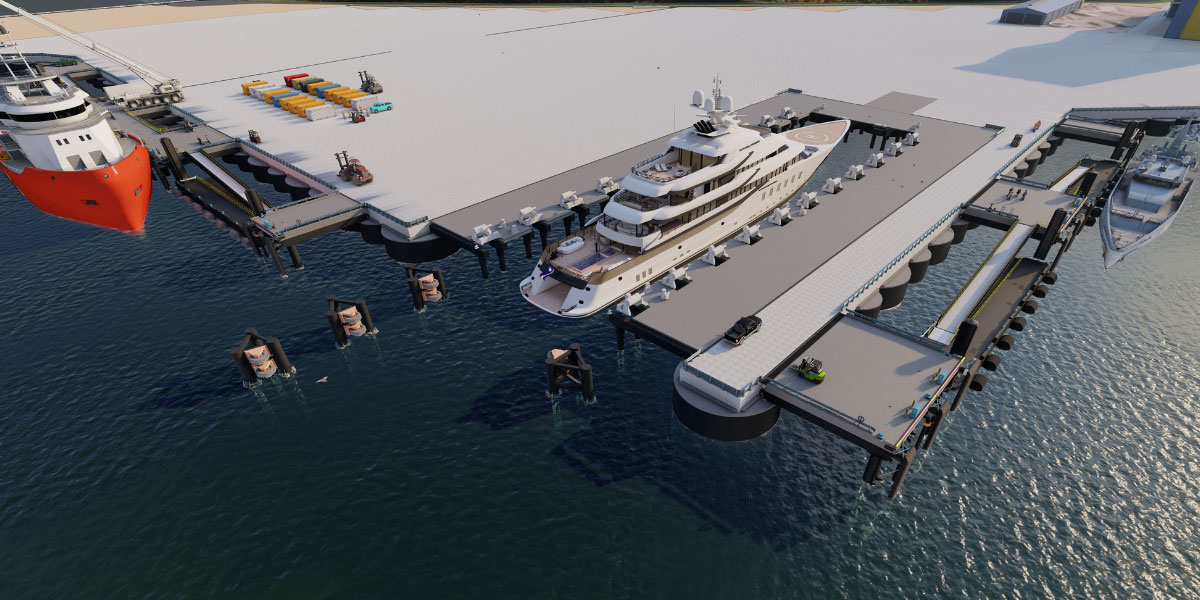Adelaide, ANZAC, Hobart, and Hunter Classes all have a Hangar and flight deck, main gun, a ASM and ASW capability plus SAM's for aerial protection, coupled with the communication and sensors to make these realms work.
The classes have their speciality's and and various levels of capability from class to class to do there respective jobs; but at the end of the day they can ALL make a contribution to the various offensive / defensive realms on / under and above the ocean.
Whether the vessel is 4000t or 10,000t if they can do the above, are they all classified as Tier one in the RAN ?
I don't know the answer, but it may have something to do with what the authors of the naval review are looking at.
Therefore Is a Tier two vessel one that caters for ALL the "realms" discussed above, but with reduced missile/gun loadout and commensurate sensor capacity in a much smaller platform.
Or
is it a much smaller platform that can only accommodate a limited selection of these warfare "realms".
ie a ASW specialist with no SAM capability or some other combination of the above?
For the review, I'm trying to divorce my aspersions and fantasy fleets with what is in the limited wording within the DSR to get some sense of what may eventuate down the track.
No disrespect to Brissy1982's very detailed post ( 4935), but Tier Two looks a very elastic term.
In a nutshell, are we looking at an slightly enhanced 80 to 90m platform or a complete new Class of vessel?
I do find it very difficult to believe today they don't already know the broad answer for what will eventually be made public later in the year.
Cheers S
The classes have their speciality's and and various levels of capability from class to class to do there respective jobs; but at the end of the day they can ALL make a contribution to the various offensive / defensive realms on / under and above the ocean.
Whether the vessel is 4000t or 10,000t if they can do the above, are they all classified as Tier one in the RAN ?
I don't know the answer, but it may have something to do with what the authors of the naval review are looking at.
Therefore Is a Tier two vessel one that caters for ALL the "realms" discussed above, but with reduced missile/gun loadout and commensurate sensor capacity in a much smaller platform.
Or
is it a much smaller platform that can only accommodate a limited selection of these warfare "realms".
ie a ASW specialist with no SAM capability or some other combination of the above?
For the review, I'm trying to divorce my aspersions and fantasy fleets with what is in the limited wording within the DSR to get some sense of what may eventuate down the track.
No disrespect to Brissy1982's very detailed post ( 4935), but Tier Two looks a very elastic term.
In a nutshell, are we looking at an slightly enhanced 80 to 90m platform or a complete new Class of vessel?
I do find it very difficult to believe today they don't already know the broad answer for what will eventually be made public later in the year.
Cheers S

